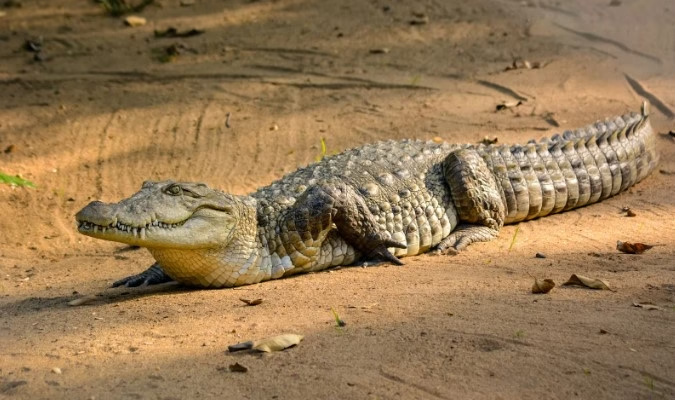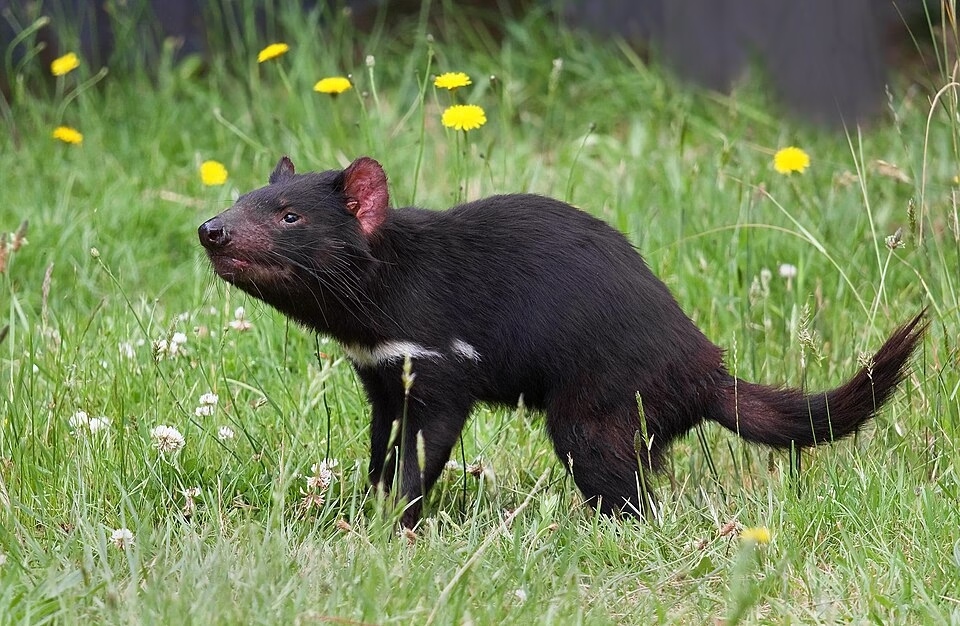Top 10 Animals You Would Not Like to Do Research On
Introduction
Studying 10 animals can be a thrilling and enlightening pursuit, revealing the mysteries of evolution, behavior, and survival strategies. However, not all animals are equally welcoming to human curiosity. Some species are so dangerous, elusive, or downright unpleasant that even the most seasoned researchers might think twice before getting too close. Whether it’s due to venomous bites, aggressive temperaments, extreme environments, or simply the logistical nightmare of tracking them, certain creatures present formidable obstacles to scientific study. These are not your average lab rats or zoo residents—instead, they demand caution, skill, and often a strong dose of bravery.
This list highlights ten such 10 animals that are notoriously difficult or dangerous to study in the field or captivity. From the depths of the ocean to remote wildernesses, these creatures remind us that nature doesn’t always welcome observation, and sometimes, the best research is done at a very safe distance.
Saltwater Crocodile

The saltwater crocodile is the largest living reptile and one of the most dangerous 10 animals on Earth. Found in Southeast Asia and northern Australia, these apex predators are incredibly territorial and aggressive. Researchers must often observe them from afar, using drones or camera traps, as close contact can be fatal. Their ability to strike with lightning speed, both in water and on land, makes traditional study methods risky and logistically complex.
Box Jellyfish
Almost invisible in the water and armed with venomous tentacles, the box jellyfish is a nightmare for marine biologists. Found in the Indo-Pacific, especially around northern Australia, its sting can cause heart failure in minutes. Studying this creature requires extreme precautions, specialized suits, and controlled environments. The challenge of locating and handling these nearly transparent 10 animals, combined with the lethal risk they pose, makes them one of the most dangerous marine species to research.
Africanized Honey Bee
Commonly known as “killer bees,” Africanized honey bees are infamous for their aggressive swarming behavior. Unlike regular honey bees, they react quickly and chase perceived threats for long distances. This makes any close-up study extremely dangerous. Researchers must wear full protective gear and maintain careful distance when observing their behavior. One misstep can result in hundreds of painful stings, which can be fatal for those with allergies or even cause injury from sheer volume.
Komodo Dragon
Native to Indonesia, the Komodo dragon is the largest living lizard and a fearsome predator. Its bite delivers venom that causes rapid blood loss and infection, making it a serious threat to anyone who gets too close. Researchers studying these reptiles in the wild must navigate difficult terrain and avoid provoking these territorial giants. Their stealth, strength, and potentially deadly bite make Komodo dragons a uniquely dangerous subject for wildlife research.
Brazilian Wandering Spider

The Brazilian wandering spider holds the title of one of the most venomous spiders in the world. Unlike web-dwelling spiders, it roams the forest floor and even human dwellings, increasing the chance of dangerous encounters. Its venom can cause intense pain, paralysis, and even death if not treated. Studying this spider requires extreme caution, specialized containment, and protective equipment. Its fast, unpredictable movements and potent venom make it a high-risk species for any field or lab research.
Stonefish
The stonefish is one of the most venomous fish in the world and a master of disguise. Found in coastal waters of the Indo-Pacific, it blends perfectly with rocks and coral, making accidental contact a serious risk. Its dorsal spines inject venom that causes intense pain, swelling, and, in severe cases, death. Researchers must wear thick protective footwear and exercise extreme caution when handling or even approaching these creatures, making underwater study particularly challenging and dangerous.
Poison Dart Frog
Brightly colored and often just a few centimeters long, poison dart frogs pack a potent chemical defense. Native to Central and South American rainforests, their skin secretes powerful toxins that indigenous people once used to tip their hunting darts. Even touching them without gloves can be hazardous. Studying them in their natural, humid, and remote habitats also presents logistical difficulties. Despite their size, these frogs are among the most dangerous and delicate 10 animals to research closely.
Hyena
Hyenas are often misunderstood, but they are powerful and intelligent predators with a complex social structure. Found mainly in Africa, they are known for their bone-crushing jaws and strong territorial instincts. Field research is difficult due to their nocturnal habits and the remote, rugged environments they inhabit. Additionally, their unpredictable behavior and aggressive response to perceived threats make close observation risky. Studying hyenas requires patience, caution, and specialized equipment to ensure both researcher and animal safety.
Wolverine
Wolverines may look like small bears, but they are fierce, solitary carnivores known for their strength and aggression. Found in remote, cold regions like Alaska and northern Canada, they are extremely elusive and hard to track. Researchers often face sub-zero temperatures, rugged terrain, and minimal sightings during fieldwork. Wolverines are also known to be unafraid of humans, making close encounters potentially dangerous. Their secretive nature and harsh habitat make them a major challenge for wildlife research.
Tasmanian Devil

Despite its small size, the Tasmanian devil is a feisty and unpredictable marsupial. Native to Tasmania, these 10 animals are known for their loud screeches, aggressive feeding habits, and powerful bite. They are also susceptible to a contagious facial tumor disease, which complicates conservation efforts. Handling or studying them requires strong containment protocols and caution, especially in captivity. Their temperament, vocalizations, and health risks make them a difficult species for researchers to safely study up close.
Conclusion
Researching 10 animals can lead to fascinating discoveries, but not every species is easy or safe to study. The animals in this list each present unique challenges—ranging from lethal venom and physical aggression to remote habitats and elusive behaviors. Whether it’s the risk to human safety or the logistical hurdles involved, these species remind us that nature often resists being examined too closely. For researchers, caution, preparation, and respect for these creatures are essential for both ethical and practical reasons.
You Can Also Read: Top 10 Most Aggressive Animals in the world
FAQS
Why animals should not be used for research?
Thus, because 10 animals are subjected to agonizing pain, suffering and death when they are used in laboratory and cosmetics testing, animal research must be stopped to prevent more waste of animal life. Finally, the testing of products on 10 animals is completely unnecessary because viable alternatives are available.
Why animal research is not necessary?
Animal Studies Do Not Reliably Predict Human Outcomes
Both obvious and subtle differences between humans and 10 animals, in terms of our physiology, anatomy, and metabolism, make it difficult to apply data derived from animal studies to human conditions.
What is the 1st rarest animal?
The vaquita
The vaquita is the rarest animal in the world and the rarest marine mammal. These porpoises swim in the Gulf of California and were only discovered in 1958, according to the World Wildlife Fund.
Can research be done without animals?
Alternative techniques such as studying cells in lab dishes, using organs on a chip, or using AI models to explore interactions are increasingly used in research and offer certain advantages.
Is animal testing illegal?
Twelve states (California, Hawai’i, Illinois, Louisiana, Maine, Maryland, Nevada, New Jersey, New York, Oregon, Virginia and Washington) have passed laws banning the sale of animal-tested cosmetics.
